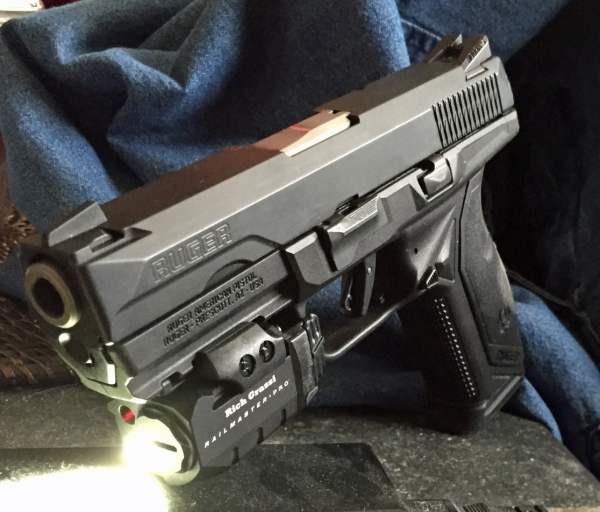
The majority of time I spent on patrol was on the night shift. Flashlights, what are now commonly called “hand held white lights” (I love it when we make things simpler), were the size of a tail pipe and just as likely to be used as an impact weapon as a lighting device. I used my light in this fashion on several occasions and can honestly say that a large metal tube settling upon the center of a suspect’s skull was quite effective. Keep in mind, this was before the Graham and Garner decisions and the Use of Force was not yet determined to be a "seizure" under the 4th Amendment, so it was more of a “no blood, no paper” period of time. Today the use of a flashlight as an impact weapon is a “no go” and carrying a large flashlight is non-existent for cops and armed citizens alike. It is also unnecessary as light technology has advanced to the point where flashing a light in someone’s eyes can be disabling in itself…no need to hit them. I have a light the size of a lipstick tube that offers more power than the one I once carried that was powered by five D cell batteries!
The next move was to mount lights on long guns, something that had been somewhat crude for many years. As far back as the mid 1970’s, law enforcement and military units were mounting full size flashlights on shotguns and sub-machine guns with tape and metal pipe strapping which was a big improvement over trying to hold a flashlight and shoot a long gun. When Surefire introduced their weapon lights molded into the fore grip of a Remington 870 and Heckler and Koch MP-5, agencies and individuals could not buy them fast enough. Today, it is a rare thing to see a combative-grade long gun without a white light attached.
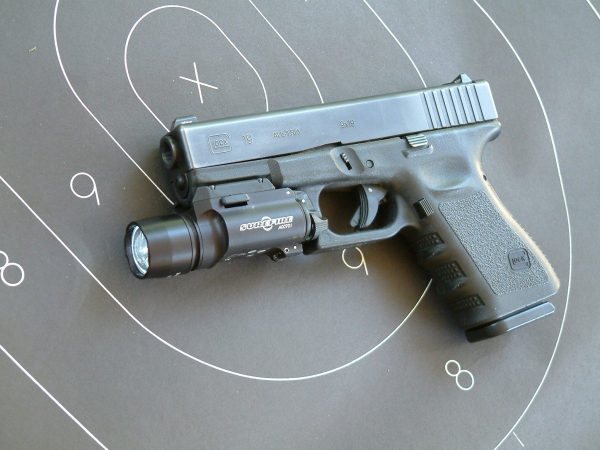
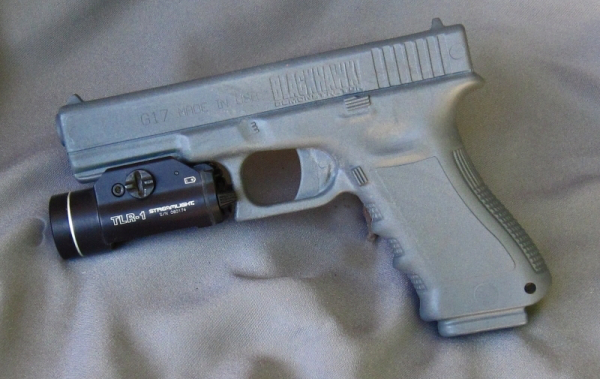
In the late 1990’s, I commanded a multi-jurisdictional narcotics task force that conducted its own raids, something we were doing several times a week at one point. Heckler and Koch had introduced their USP Compact pistol, which was capable of temporarily attaching a white light to the frame. This allowed Task Force Agents to carry the gun “slick” while concealed, but mount the white light when conducting a forced entry. I purchased the gun and light with seized asset funds and the gun was greeted with medium enthusiasm as some of the agents chose to carry the gun they already had. Those that did carry the HK liked the quick on and off capability. Admittedly, one of my concerns with the new weapon system was agents using the gun/light combination as a lighting device and not a firearm and though I never did see any of them use the gun in this fashion, I did see a few of them looking through drawers and closets for evidence with the gun as a light. This was quickly corrected…
Today, the pistol mounted light is common not just for tactical teams but on patrol as well and I admit to being concerned originally about how these lights/weapons would be used. Talking with trainers and commanders across the country, it appears my concerns were unfounded, as officers understand the proper use of the weapon mounted light. It seems law enforcement trainers are doing a good job of explaining the weapon-mounted light is a supplement to the hand held light and not a replacement! The hand held light can be pointed in directions the weapon mounted light should not, but when a serious threat arises, the weapon mounted light allows both hands to be placed on the handgun for greater accuracy, enhanced incapacitation potential and reduced liability. It seems the weapon-mounted light is as common as handcuffs and is being used in a tactically sound fashion. IF YOU ARE TEACHING TO USE THE WEAPON MOUNTED LIGHT AS A SEARCH TOOL…STOP! YOU ARE GOING TO GET YOUR STUDENT JAMMED UP! Yes, it may look “cool” but the possibility of shooting too soon is just too great!
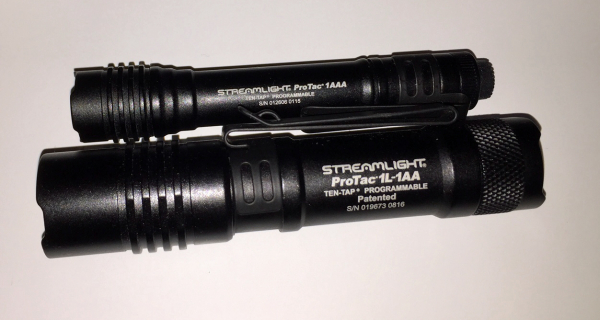
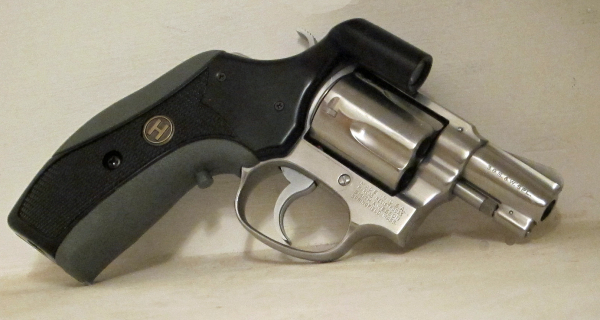
In recent years, the weapon-mounted light has moved to the concealed carry pistol by investigators, off-duty officers and legally armed citizens for EDC. Admittedly, this was not a trend I followed as I did not want to add more bulk to a gun I was trying to hide. I opted to stay with my hand held light clipped to my pocket or on my key ring, which served me well for decades. That said I make it a point to tell my students to avoid the words “never” or “always” when it comes to developing combat skills or purchasing equipment. Note that I listed developing skills first as how does one know what they need until they learn the skills required to make a proper choice? Buying before learning seldom meets with success…
I’m glad I never said “never” as it relates to mounting a light on an EDC pistol as we now have lights small enough to conceal. The pistol weapon light is better than ever before, offering greater power, reduced size, weight and enhanced ergonomics. Some of these lights also come with laser sighting devices, which some will like and some will not and that choice is up to you. A perfect example of this new generation light is the Surefire XC-1. Specifically designed to accommodate railed, compact handguns, the unit features a high-performance LED with a high Lumen output.
Streamlight recently introduced a number of compact lights at the 2020 SHOT Show that will meet the needs of the concealed carrier as has Inforce. The compact Inforce light is on my home defense Glock as I like the side paddle activation device. While some will dispute whether certain modes of weapon mounted light are “duty ready”, do you really need such a light? That will be up to you and your real world of work and play.
When selecting a white light, think more than just the number of lumens involved. Think about how the hand interacts with the light, how easily the light goes on and off the gun and about the beam itself. Oftentimes, the beam will have a very bright center and that is where the lumen level will be measured. I prefer a beam that is constant in brightness even if it offers a lower Lumen rating so I get the greatest field of view to look for additional threats.
The compact pistol light is here to stay and I believe it will only be a matter of time before they begin to replace the larger lights found on patrol and SWAT officer handguns. Why not? They are just as tough, bright and easy to use as their larger counterparts. It’s also nice to have a gun that goes from patrol to SWAT to off-duty …”beware of the man who has but one gun for he likely knows how to use it!”
Dave Spaulding is a professional firearms instructor with 36 years' experience in Law Enforcement and Federal Security. The recipient of the 2010 Law Enforcement Trainer of the Year Award from the International Law Enforcement Training and Educators Association (ILEETA), Dave has worked in all facets of law enforcement including communications, corrections, court security, patrol, evidence collection, training and investigations. He was a founding member of his agency’s SWAT Team and acted as its training officer for 8 years. He spent a year in an undercover capacity and was the commander of a multi-jurisdictional narcotics task force, has been an adjunct instructor at the former Heckler & Koch International Training Division and the Tactical Defense Institute. In addition to his many published articles (over 1,400), Dave is the author of two acclaimed books, Defensive Living and Handgun Combatives. He is also featured in a series of training videos from PANTEAO PRODUCTIONS. He currently operates his own training company that focuses exclusively on “the combative application of the handgun” www.handguncombatives.com .